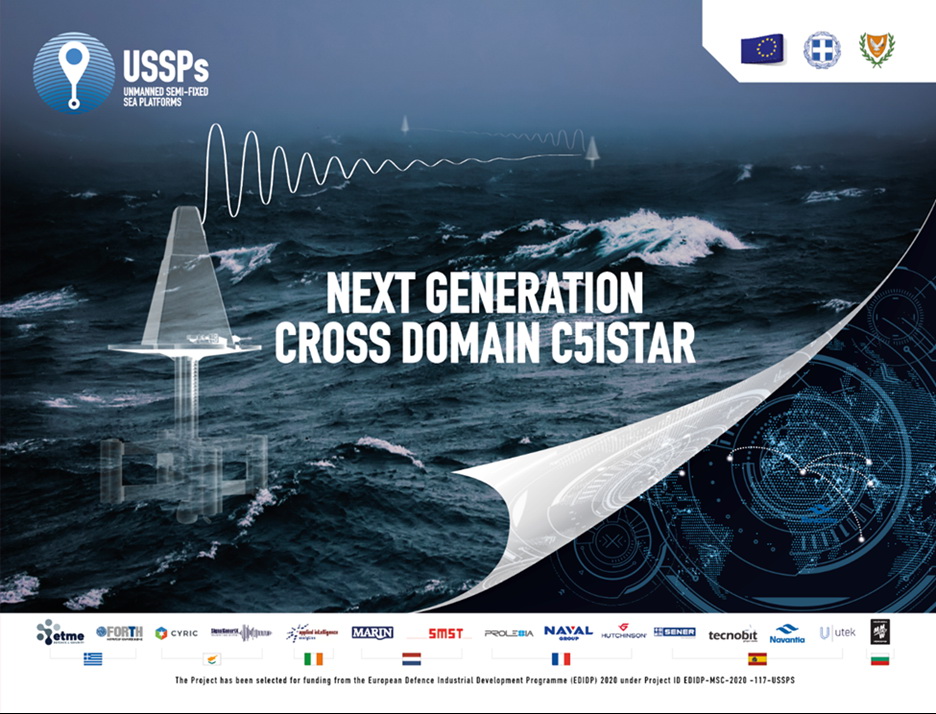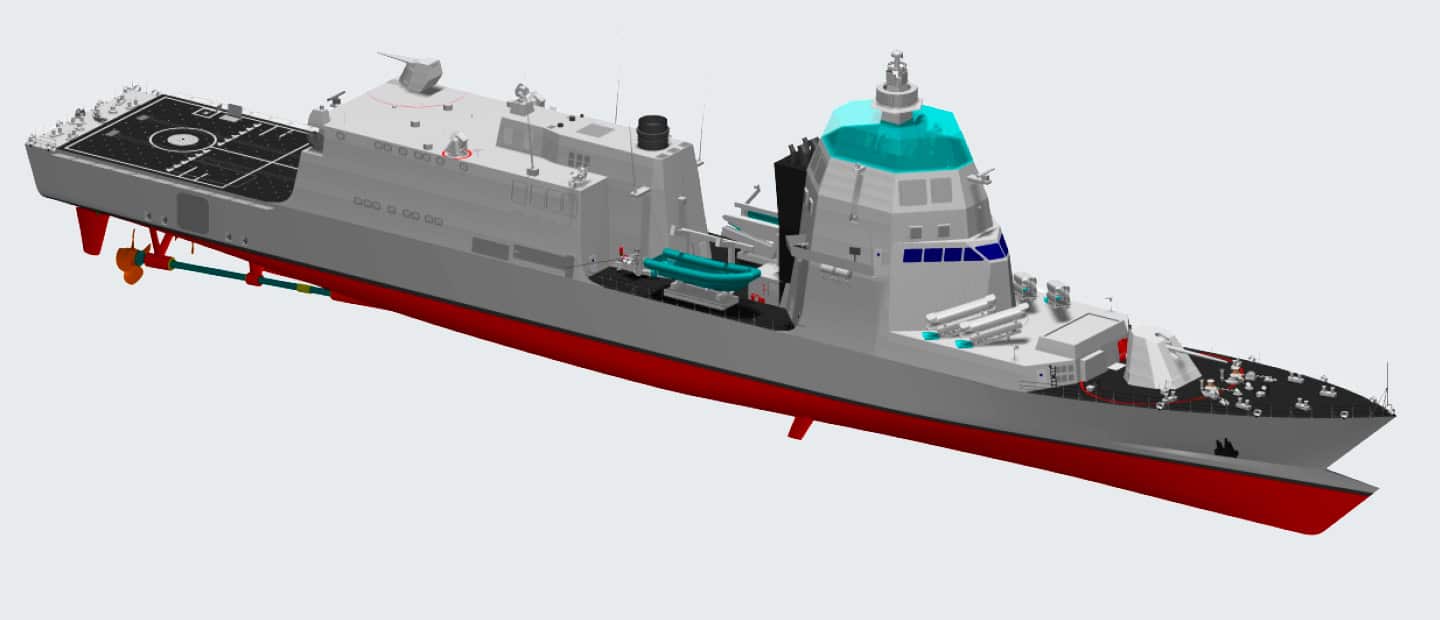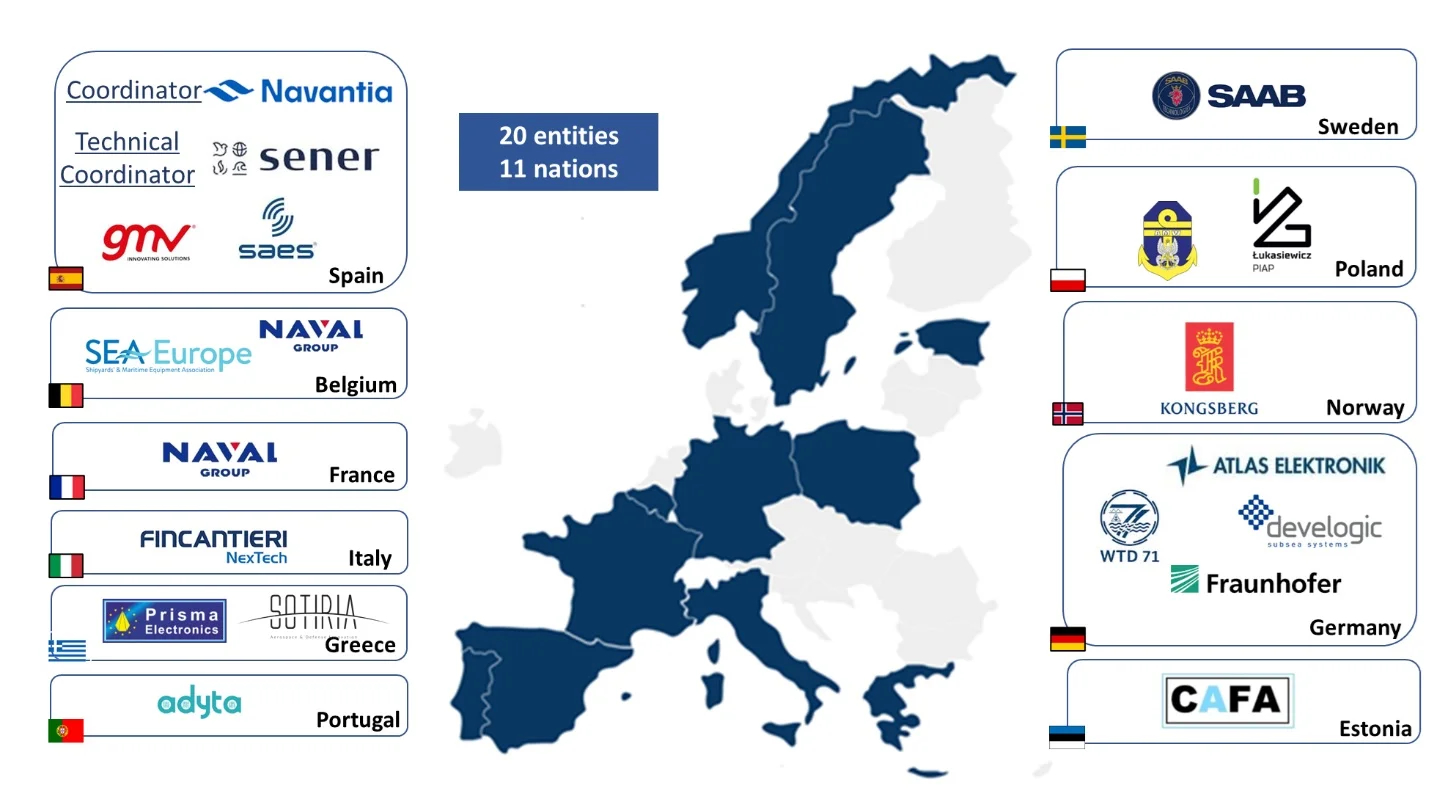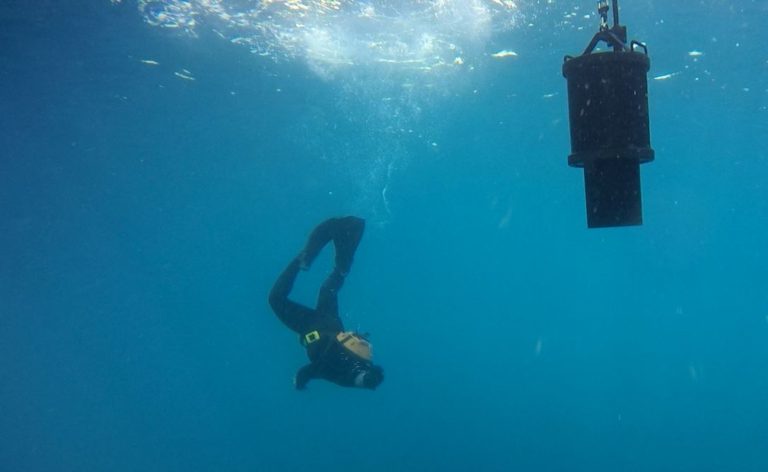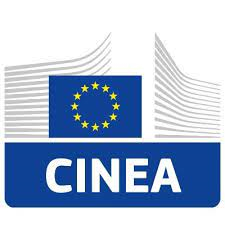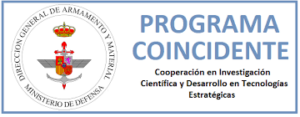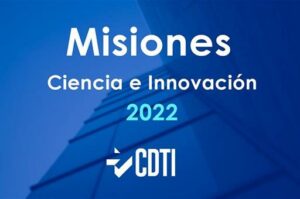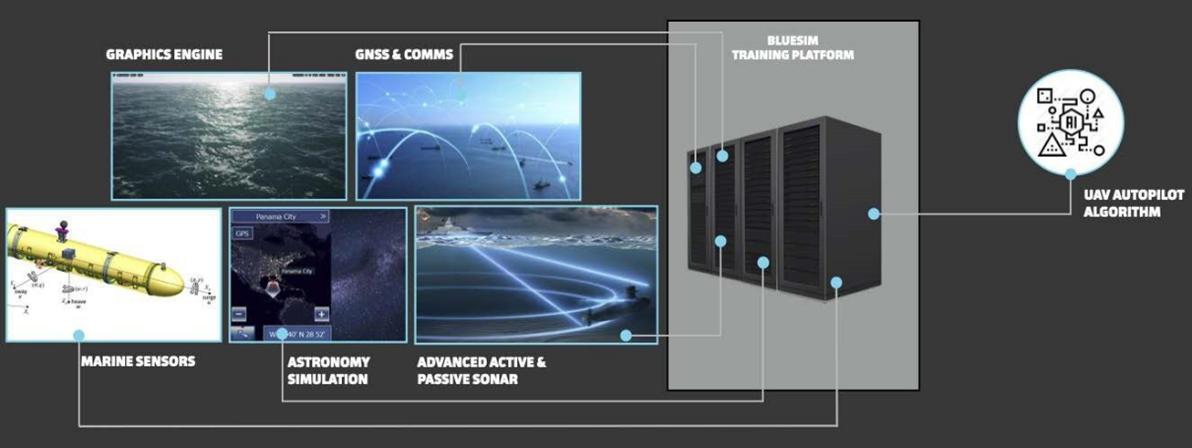Innovation at the heart of everything we do
At SAES, innovation is the driving force behind each of our projects. From the development of new responses to the challenges of defence, security and protection of the marine environment, to the continuous improvement of our processes. We are constantly seeking innovative solutions that allow us to offer cutting-edge products and services to our clients.
Digital Vanguard
SAES focuses its digital transformation as a data-driven organization, focusing especially on automation and cybersecurity. We integrate advanced technologies such as AI and Big Data to optimize processes and improve decision-making, driving efficiency and innovation in all our projects and strengthening our business.
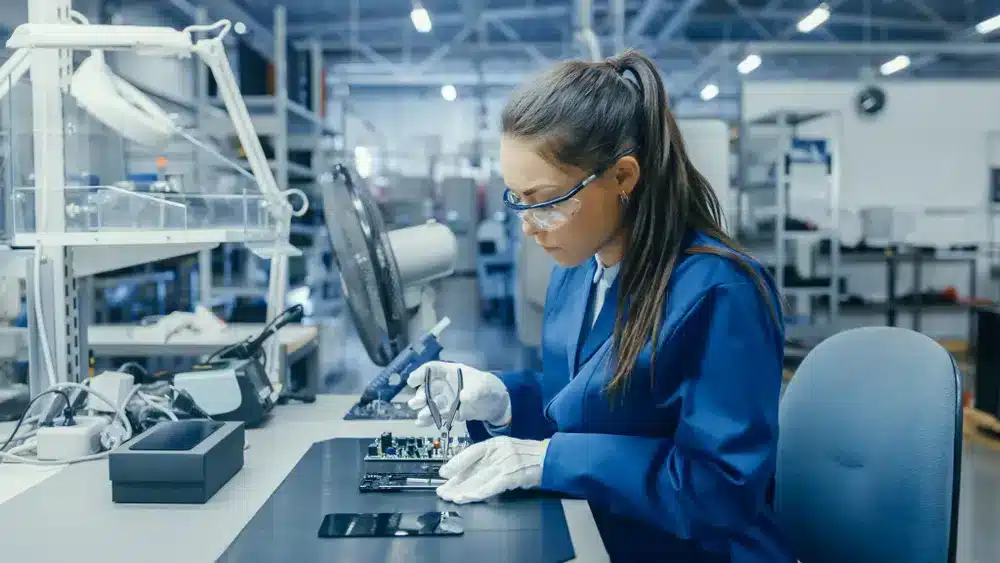
Technological priorities
Our R&D priorities focus on addressing the main challenges in sonar and multi-influence technology. Our lines of work seek to increase the autonomous operation capacity of underwater vehicles, improve underwater communications, address new threats and scenarios, integrate 4.0 technologies and the dual application of these innovations.
Ecosystem and culture of innovation
We foster an ecosystem and culture of innovation that integrates clients, universities, technology centers, start-ups and companies. This collaborative environment promotes the exchange of knowledge and the co-creation of advanced solutions, keeping us at the technological forefront and strengthening our competitiveness in the global market.

Innovation projects
At SAES we innovate for a safer world, leading the development of cutting-edge solutions to meet new challenges. For this purpose, we develop R&D&i projects, many of them in national and international consortia with universities, technology centres and companies. Discover our R&D&i projects.



